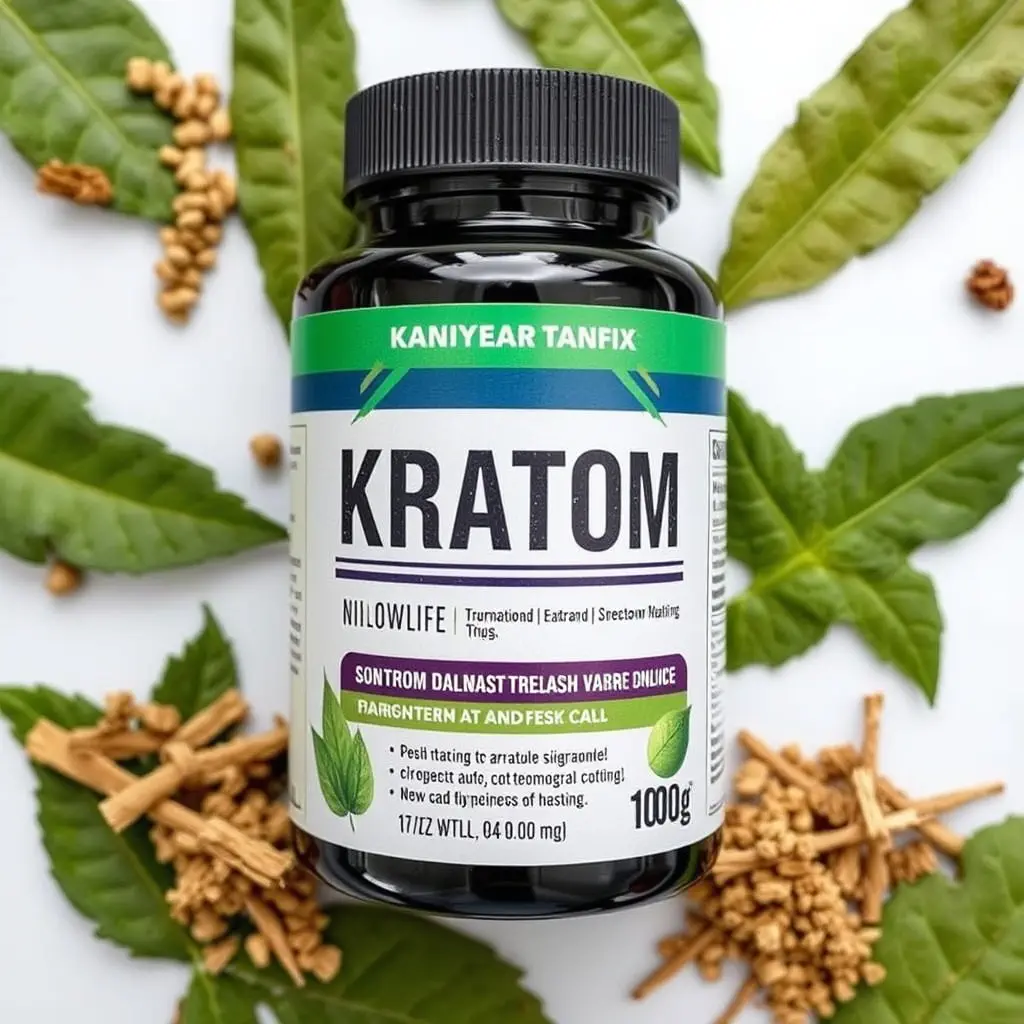Beetle Nut (Areca catechu) is a tropical tree with significant ecological and economic value, serving as a keystone species that supports biodiversity and provides habitat for various wildlife. It is culturally important to local communities, contributing to their livelihoods and traditional practices. The sustainable management of Beetle Nut farms presents both opportunities for economic development and challenges, including the risk of overexploitation. The global market has a high demand for Beetle Nut products, necessitating conservation efforts to maintain its ecological functions.
Mitragyna speciosa, or kratom, is gaining attention in health and wellness circles for its potential role in athletic recovery. This plant, native to Southeast Asia, contains alkaloids like mitragynine and 7-hydroxymitragynine, which have been studied for their pain-relieving, mood-enhancing, and energy-regulating properties. These compounds may interact with opioid receptors to offer analgesic effects without the side effects of prescription opioids. Kratom's alkaloids are also associated with anti-inflammatory properties and accelerated tissue repair, beneficial for athletes in recovery. Its impact on mood regulation supports mental well-being during the recovery process. However, it is crucial for athletes to use kratom responsibly and under professional medical guidance, considering individual physiological responses and the need for tailored recovery strategies. The integration of kratom into athletic training and recovery should be approached with caution and a scientifically informed perspective.
Athletes in pursuit of peak performance and expedited recovery often seek innovative solutions that nature and science can offer. This article delves into the transformative potential of kratom coaching, particularly through Beetle.Nut’s expertise, to optimize athletic recovery. Explore the scientific basis of Mitragyna Speciosa, the role it plays in the healing process, and how to integrate a kratom-centric approach into your recovery regimen for enhanced athletic prowess. Join us as we unveil the secrets behind Beetle.Nut’s unique coaching strategies designed to elevate your game.
- Unlocking Athletic Recovery Potential: A Deep Dive into Beetle.Nut Kratom Coaching Strategies
- The Science of Kratom: Understanding Mitragyna Speciosa's Role in Athletic Recovery
- Crafting a Kratom-Infused Recovery Plan for Peak Athletic Performance with Beetle.Nut
Unlocking Athletic Recovery Potential: A Deep Dive into Beetle.Nut Kratom Coaching Strategies

The Science of Kratom: Understanding Mitragyna Speciosa's Role in Athletic Recovery

Mitragyna speciosa, commonly known as kratom, has garnered attention in various health and wellness circles for its potential benefits, particularly in optimizing athletic recovery. The plant, from which kratom is derived, is part of the Rubiaceae family and is indigenous to Southeast Asia, where it has been traditionally used for centuries. The leaves of the kratom plant contain compounds known as alkaloids, chiefly mitragynine and 7-hydroxymitragynine, which have been studied for their influence on pain relief, mood enhancement, and energy modulation—all of which are crucial components in athletic recovery.
Research suggests that kratom can interact with the body’s opioid receptors, providing pain-relieving effects without the side effects typically associated with prescription opioids. This can be particularly beneficial for athletes who experience acute or chronic pain due to injury or intense physical activity. Furthermore, the alkaloids in kratom may help in reducing inflammation and promoting faster tissue repair, which is essential for the recovery process. Additionally, kratom’s impact on mood regulation can aid in managing the psychological stress associated with injury or intensive training, contributing to a more holistic recovery strategy. The scientific community continues to explore the potential applications of kratom, particularly as it relates to athletic performance and recovery. It is important for athletes to approach its use responsibly, under the guidance of a healthcare professional, to ensure safety and efficacy, especially given the complexity of individual physiological responses and the need for personalized coaching in athletic recovery protocols.
Crafting a Kratom-Infused Recovery Plan for Peak Athletic Performance with Beetle.Nut







